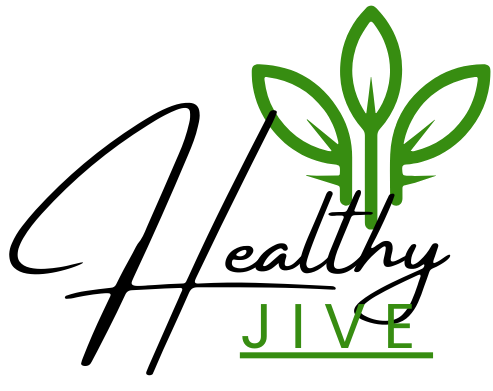

Fitness enthusiasts and athletes often look for exercises that can target multiple muscle groups simultaneously. One such exercise is the Russian Twist, which primarily focuses on the core and shoulder muscles. The Russian Twist is not only effective but also versatile, offering various modifications to suit different fitness levels.
What is the Russian Twist?
The Russian Twist is a popular core exercise known for its ability to strengthen the obliques, abdominals, and shoulders. It’s often incorporated into athletes’ workouts for its role in enhancing rotational movement, a key aspect in many sports. However, the Russian Twist isn’t just for athletes. If you’re looking to tone your midsection and improve your overall core strength, this exercise might be a great addition to your workout routine.
Even though the Russian Twist may seem simple, executing it requires substantial effort and stability. So, before you dive into this exercise, it’s crucial to understand the correct form and technique to maximize its benefits and prevent injuries.
How to Perform the Traditional Russian Twist
The Russian Twist is believed to have been part of the training regimen for Soviet soldiers during the Cold War. Despite its historical roots, the exercise is universally popular today, thanks to its effectiveness.
Key Points to Remember
Before you begin, here are some crucial pointers to keep in mind:
- For beginners, start by pressing your feet into the floor or extending them straight as you familiarize yourself with the movement.
- Practice steady and deep breathing. Exhale as you twist and inhale as you return to the center.
- As you twist, keep your arms parallel to the floor or reach down to tap the floor beside you.
- Keep your abdominal and back muscles engaged throughout the exercise.
- Cross your lower legs for additional stability.
- Maintain a straight spine and avoid slouching or rounding your back.
- Let your gaze follow the movement of your hands.
Step-by-step Guide
Here’s how you can perform a traditional Russian Twist:
- Sit on the floor and lift your feet, keeping your knees bent.
- Straighten your spine at a 45-degree angle from the floor, creating a V shape with your torso and thighs.
- Extend your arms straight out in front, interlacing your fingers or clasping your hands together.
- Use your abdominal muscles to twist to the right, then back to center, and then to the left.
- Repeat this for 2 to 3 sets of 8 to 16 repetitions.
Variations of the Russian Twist
The Russian Twist can be modified in several ways to either increase the challenge or adapt it to your current fitness level.
Weighted Twist
Hold a dumbbell, weight plate, or medicine ball with both hands. If you don’t have any weights, you can use a compact household item. Just ensure that the weight allows you to maintain proper form. The twist remains the same as the traditional version, but you will be holding the weight at chest level or tapping it on the floor each time you twist.
Leg-cross Twist
As you twist to the right, cross your right calf over your left. Uncross as you return to the center. Cross your left calf over your right as you twist to the left.
Punch Twist
In this variation, your fists perform a punching motion instead of using a weight. Sit with bent knees and your feet pressing firmly into the floor, holding your hands next to your chest. Sit back slightly, keeping your spine straight. As you exhale, twist to the left, punching your right arm across to the left side. Inhale as you return to the center, and repeat on the opposite side.
Decline Twist
For this variation, sit on a decline bench with your hands together or holding a weight. The twist follows the same pattern as the original version.
Targeted Muscles
The Russian Twist targets several muscles, including:
- Obliques
- Rectus abdominis
- Transverse abdominis
- Hip flexors
- Erector spinae
- Scapular muscles
- Latissimus dorsi
Precautions to Take
While the Russian Twist is generally safe for most people, it’s advisable to consult with your doctor or personal trainer if you have any injuries or health conditions that might be affected by this exercise.
Pay extra caution if you have or develop any concerns about your neck, shoulders, or lower back. This exercise has the potential to cause or exacerbate pain in these areas.
Not Suitable for Pregnant Individuals
Given that the Russian Twist targets the midsection, if you’re pregnant, it’s advisable to consult with a doctor or fitness expert before attempting this exercise.
Alternative Exercises Targeting Similar Muscle Group
If you’re not comfortable with the Russian Twist or if you’re looking for other exercises to target similar muscle groups, here are a few options:
Side Plank
This exercise has several variations, including placing your bottom knee on the floor, lifting your top leg, and lowering your hips to the floor and back up again.
Heel Touches
This exercise starts with you lying on your back with your knees bent and your feet placed near your hips.
Forearm Plank Twists
This exercise begins from a forearm plank position.
Bird Dog
This exercise starts from a tabletop position.
